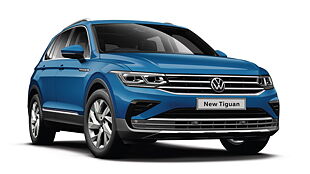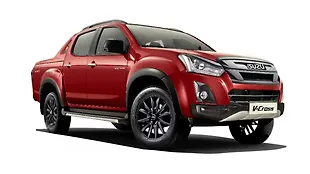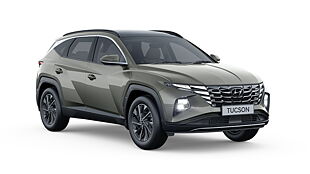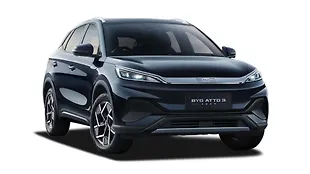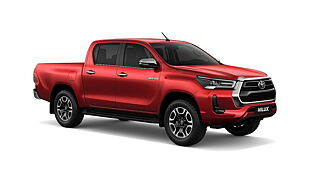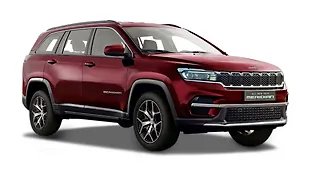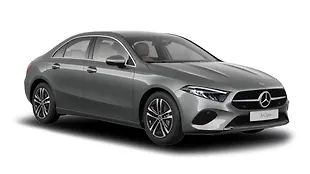Skoda Superb [2016-2020] L&K TDI AT
- Superb [2016-2020]
- 360° View
- Specs & Features
- Variants
- Colours
- User Reviews
Variant
Skoda Superb [2016-2020] L&K TDI AT Review
The previous generation Skoda Superb which was launched in 2009 in India was a big hit. Not only it felt luxurious but thanks to its humongous size it had enough knee room to embarrass many ultra-lavish limousines. Although it had every attribute to make it a phenomenal sedan, one thing it lacked was premium exterior. Its odd proportions made it look like purpose over finesse. The stretched profile, stubby boot and tiny wheels didn’t cut with some people who were paying more than Rs 20 lakh for their luxury sedan.
Introduction
Design and Style
Interiors
Safety and Equipment
Engine, Performance and Braking
Ride and Handling
Price and Fuel Economy
Specification
Test Data
Specifications & Features
- Specifications
- Features
- Specifications
- Features
Specifications
Engine & Transmission
Engine1968 cc, 4 Cylinders Inline, 4 Valves/Cylinder, DOHCEngine TypeTurbocharged diesel engine, turbocharger with self-aligning blades, in-line, liquid cooling system, high-pressure direct injection system, 16V DOHC, transverse in frontFuel TypeDieselMax Power (bhp@rpm)174 bhp @ 3600 rpmMax Torque (Nm@rpm)350 Nm @ 1500 rpmMileage (ARAI)18.66 kmplDrivetrainFWDTransmissionAutomatic - 6 Gears, Manual Override, Sport ModeEmission StandardBS 4Turbocharger / SuperchargerTurbochargedValve/Cylinder (Configuration)4, DOHCDimensions & Weight
Length4861 mmWidth1864 mmHeight1483 mmWheelbase2841 mmGround Clearance164 mmKerb Weight1565 kgCapacity
Suspensions, Brakes, Steering & Tyres
Features
Exterior
Braking & Traction
Safety
Comfort & Convenience
Lighting
Locks & Security
Doors, Windows, Mirrors & Wipers
Entertainment, Information & Communication
Mobile App Features
Storage
Airbags
Seats & Upholstery
Instrumentation
Manufacturer Warranty
Other Superb [2016-2020] Variants
| Variants | Price | Specifications | |
|---|---|---|---|
Rs. 31.03 Lakh | 5 Person, FWD, 350 Nm, 164 mm, 1565 kg, 625 litres, 6 Gears, Turbocharged diesel engine, turbocharger with self-aligning blades, in-line, liquid cooling system, high-pressure direct injection system, 16V DOHC, transverse in front, Panoramic, 66 litres, No, No, Front & Rear, 4861 mm, 1864 mm, 1483 mm, 2841 mm, 350 Nm @ 1500 rpm, 174 bhp @ 3600 rpm, Remote with Boot Opener, Yes (Automatic Three Zone), Front & Rear, 1, Reverse Camera with Guidance, No, No, 1, Yes, Yes, No, 8 Airbags (Driver, Passenger, 2 Curtain, Driver Side, Front Passenger Side, 2 Rear Passenger Side), Yes, 1, BS 4, 4 Doors, 18.66 kmpl, Diesel, Automatic, 175 bhp | Get Offers from Dealers |
Similar Cars
Explore Used Skoda Superb
Colors
Reviews
- (14 Ratings) 11 Reviews
4.8/5
- A driving enthusiast's family car!Pros: 1. Looks: Simple and elegant. Not a flamboyant car with polarising design. But the design language is timeless. 2. Performance: It's a very versatile car. Put it in comfort (eco) mode and you can cruise with a magic carpet-like ride quality. But if you are an enthusiast and do not mind pushing the car to its limits, put it in sports mode and see what the car is actually capable of. 2.0L TDI with DSG gearbox is what you should go for but unfortunately, as you all know, VW group has stopped the production of their diesel engines. 3. Space and comfort: The car is primarily designed for a comfortable ride. The leg space that this car offers is better than what the premium German cars from the next segment offer. The ride quality is excellent. 4. Practicality: Ground clearance is pretty good compared to its rivals. Therefore you need not worry much about it. It is a huge car but when you are behind the wheels, you just forget the dimensions of the car. Therefore it's not hard to manoeuvre it around. The boot is massive. So you can peacefully plan all your long trips. Cons: Nothing alarming in my experience. The usual electronic complaints (ABS, ESC, Hill hold assist etc) which is common in all German cars.Rating parameters(out of 5)5
Exterior
5Comfort
5Performance
5Fuel Economy
5Value For Money
About the ReviewerPurchase NewDriven forFew thousand kilometersWas this review helpful?12 - Superb is suberb in realityWhen I decided to buy a car, I went with superb because of its elegant design and brand. The car name matches its design and performance. I'm truly happy with my superb since I purchased it.Rating parameters(out of 5)5
Exterior
5Comfort
5Performance
4Fuel Economy
5Value For Money
About the ReviewerPurchase NewDriven forFew thousand kilometersWas this review helpful?20 - One winner of a car!Hassle-free buying experience. 1st few hundred kilometres has been a bliss. Everyday city usage is so pleasant with ventilated seats, highway cruising is effortless. Skoda's new warranty has been peaceful!Rating parameters(out of 5)4
Exterior
5Comfort
5Performance
5Fuel Economy
5Value For Money
About the ReviewerPurchase NewDriven forFew hundred kilometersWas this review helpful?10
- Home
- Skoda Cars
- Superb [2016-2020]
- L&K TDI AT

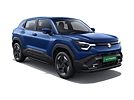
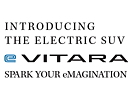

![Skoda Superb [2016-2020] L&K TDI AT Skoda Superb [2016-2020] L&K TDI AT](https://imgd.aeplcdn.com/664x374/cw/ec/19850/Skoda-Superb-Exterior-119149.jpg?wm=0&q=80)
![Skoda Superb [2016-2020] Right Front Three Quarter Skoda Superb [2016-2020] Right Front Three Quarter](https://imgd.aeplcdn.com/664x374/cw/ec/19850/Skoda-New-Superb-Right-Front-Three-Quarter-56210.jpg?v=201711021421&q=80)
![Skoda Superb [2016-2020] Right Rear Three Quarter Skoda Superb [2016-2020] Right Rear Three Quarter](https://imgd.aeplcdn.com/664x374/cw/ec/19850/Skoda-New-Superb-Right-Rear-Three-Quarter-56214.jpg?v=201711021421&q=80)
![Skoda Superb [2016-2020] Rear View Skoda Superb [2016-2020] Rear View](https://imgd.aeplcdn.com/664x374/cw/ec/19850/Skoda-Superb-Rear-view-110988.jpg?v=201711021421&q=80)
![Skoda Superb [2016-2020] Left Rear Three Quarter Skoda Superb [2016-2020] Left Rear Three Quarter](https://imgd.aeplcdn.com/664x374/cw/ec/19850/Skoda-New-Superb-left-rear-three-quarter-56213.jpg?v=201711021421&q=80)
![Skoda Superb [2016-2020] Left Front Three Quarter Skoda Superb [2016-2020] Left Front Three Quarter](https://imgd.aeplcdn.com/664x374/cw/ec/19850/Skoda-New-Superb-Left-Front-Three-Quarter-56211.jpg?v=20180902140852&q=80)
![Skoda Superb [2016-2020] Left Front Three Quarter Skoda Superb [2016-2020] Left Front Three Quarter](https://imgd.aeplcdn.com/664x374/cw/ec/19850/Skoda-Superb-Left-Front-Three-Quarter-110987.jpg?v=201711021421&q=80)


